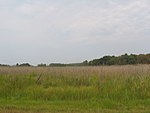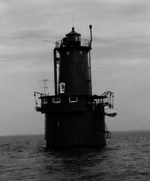Romancoke, Maryland
Romancoke is a census-designated place on Queen Anne's in Maryland, United States, located at the southern terminus of Maryland Route 8. Romancoke was changed from an unincorporated community to a census-designated place for the 2020 Census listing a population of 1,855. The name "Romancoke" comes from the Algonquian word for "circling of the water." William Claiborne, who founded Kent Island, also had a plantation in Virginia named Romancoke.Romancoke was once linked with Claiborne via the Romancoke-Claiborne ferry; however, the ferry service terminated on December 31, 1952. This was five months after the Chesapeake Bay Bridge was opened. Today, Romancoke is almost purely residential and is part of Stevensville's postal area.
Excerpt from the Wikipedia article Romancoke, Maryland (License: CC BY-SA 3.0, Authors).Romancoke, Maryland
Kent Island South Trail,
Geographical coordinates (GPS) Address Nearby Places Show on map
Geographical coordinates (GPS)
| Latitude | Longitude |
|---|---|
| N 38.881111111111 ° | E -76.336388888889 ° |
Address
Kent Island South Trail
Kent Island South Trail
Maryland, United States
Open on Google Maps







